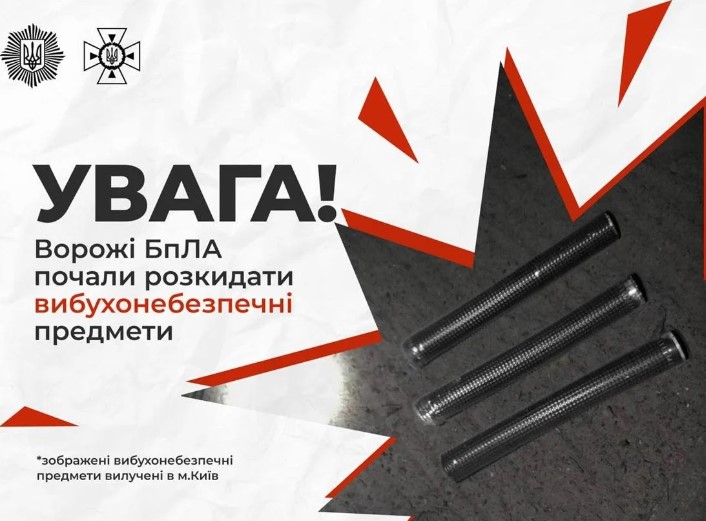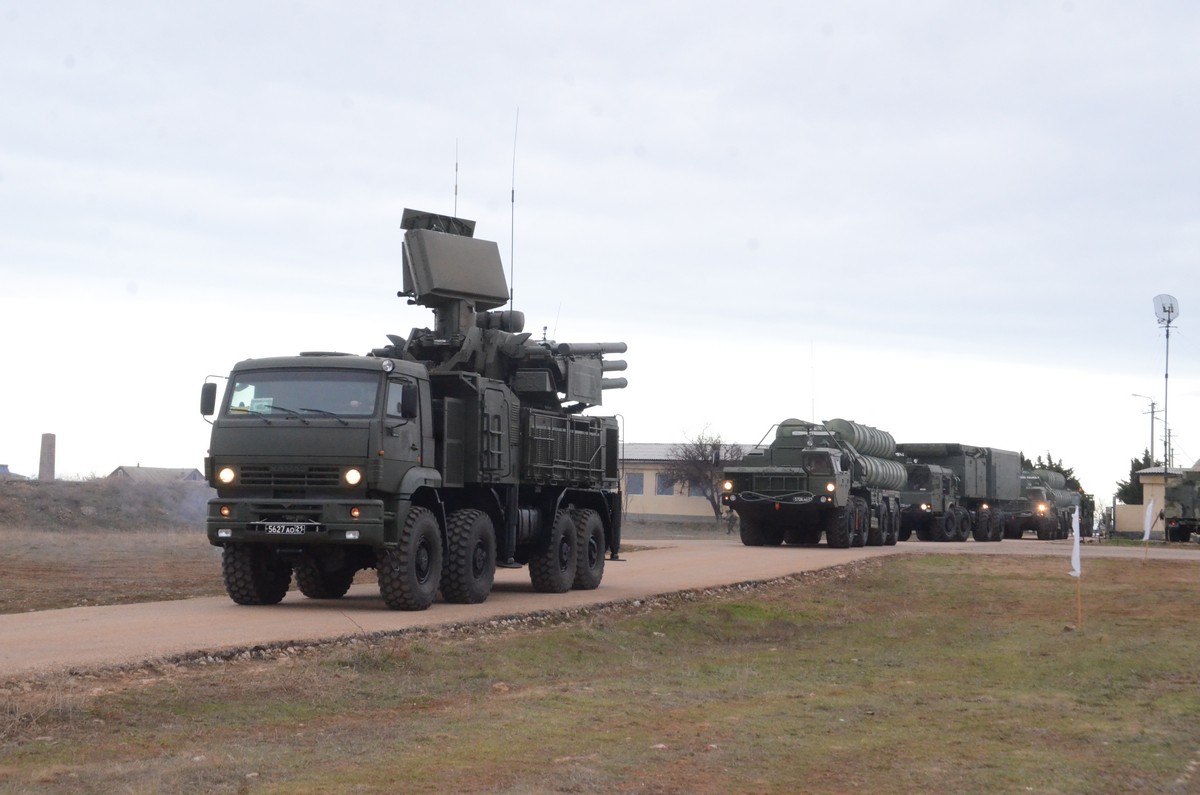Russia has reportedly begun using drones over Ukrainian territory to scatter explosive devices, according to Ukraine’s State Emergency Service.
On 10 April, Russia launched 145 drones across Ukraine, including Shaheds and decoy drones. Ukrainian air defenses shot down 49, while others were neutralized by electronic countermeasures. Following the attack, reports emerged on social media of Shahed drones dropping explosive devices with delayed detonation.
“These drones could be used to target any region of the country. The risk is extremely high, especially because the timing of these explosions is unpredictable,” the Ukrainian Emergency Service warned, urging civilians to inform others and to avoid approaching any suspicious objects.
Similar explosives were recently discovered in Kyiv by emergency crews.
However, Serhii Zgurets, Editor-in-Chief of the Defense Express, says still, there is no clear confirmation that Shahed drones are now being used to deploy new types of munitions, Espreso reports.
The reported device resembles a 40 cm-long cylinder with grooves designed to produce shrapnel upon detonation.
“Shahed drones are not equipped with systems to drop such munitions. Even from a tactical standpoint, their use seems questionable,” Zgurets said.
In one location, 16 such cylinders were found—only one had exploded, and the rest remain under investigation.
He noted that Shaheds typically carry a warhead weighing over 50 kg and come in more than six known variants.
“A scattered payload of uncertain effectiveness offers little advantage compared to a full warhead,” he explained.
Zgurets suggested that current warnings from Ukrainian authorities may be overstating the threat. More evidence is needed before we can draw firm conclusions about whether Shahed or other Russian drones are being used in this new way, he concluded.
Earlier, Russia started using a thermobaric warhead in Shaheds, which creates a fire cloud with temperatures of 2400-2600°C that fills an entire apartment upon detonation. Experts said Ukrainians needed to consider an additional safety measure during air assaults due to the utilization of such drones.
Alongside taking shelter behind two walls, which can help protect against shrapnel, it was advised to close interior doors if unable to reach a shelter. The rule of closing interior doors helps create “conditional separation of rooms,” thus reducing the spread of the thermobaric mixture throughout the living space.





